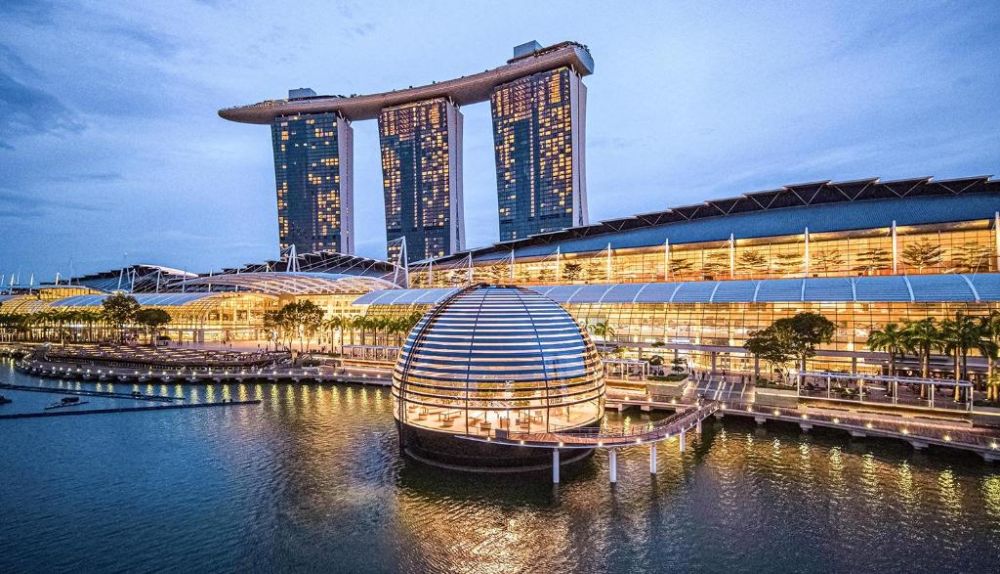

The story of Marina Bay as a cornerstone of Singaporean tourism is one of transformation and vision. Once a quiet body of water at the mouth of the Singapore River, it is now a thriving hub of activity both for locals and international visitors.
The development of Marina Bay is a relatively recent chapter in Singapore's tourism narrative. Up until the 1970s, the area that is now Marina Bay was open sea. Land reclamation projects, which began in the late 1970s and extended into the 1990s, drastically reshaped the coastline and laid the foundation for this new epicenter of leisure and business.
The transition of Marina Bay into a major tourist destination accelerated in the 2000s, with the government's focused development initiative known as the "Marina Bay Master Plan". This comprehensive development strategy aimed to enhance Singapore's position as a key Asian tourism hub by offering an array of activities and attractions.
Paramount in this transformation was the opening of the Marina Bay Sands in 2010. This architectural marvel, with its three towering skyscrapers topped by an awe-inspiring skypark, shifted Singapore's skyline and quickly became a symbol of the city-state's tourism. The complex includes a hotel, casino, museum, shops, restaurants, and the iconic infinity pool.
Cultural institutions such as the Esplanade - Theatres on the Bay, opened in 2002, and ArtScience Museum, established in 2011, have added to the area's attractions, providing tourists with a multitude of entertainment options. Additionally, green spaces like the Gardens by the Bay, opened in 2012, offer an escape into nature amidst the urban environment and feature the remarkable SuperTree Grove and conservatories.
Marina Bay has also become synonymous with large-scale events. The annual Singapore Grand Prix, hosted at the Marina Bay Street Circuit since 2008, brings in huge numbers of motorsports enthusiasts. The spectacle of the city's New Year's Eve countdown and the fireworks display over the bay have become a must-see for both residents and tourists.
In recent times, there has been a shift towards sustainable tourism in Marina Bay, with initiatives aimed at promoting environmentally friendly practices among businesses and visitors. Smart technology is being incorporated to enhance the tourist experience, such as the clever use of apps to navigate the attractions and interactive digital installations that engage visitors.
The story of Marina Bay is far from over. As Singapore continues its trajectory of innovation and reinvention, this area is expected to remain at the forefront of the nation's tourism industry. With continual developments, Marina Bay will surely keep evolving, surprising, and delighting visitors for years to come.